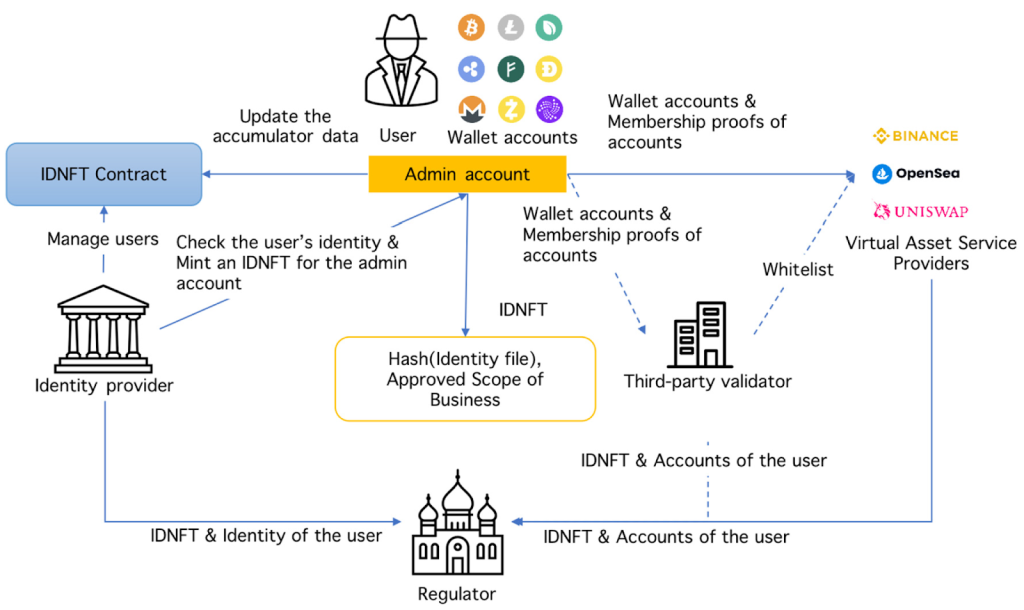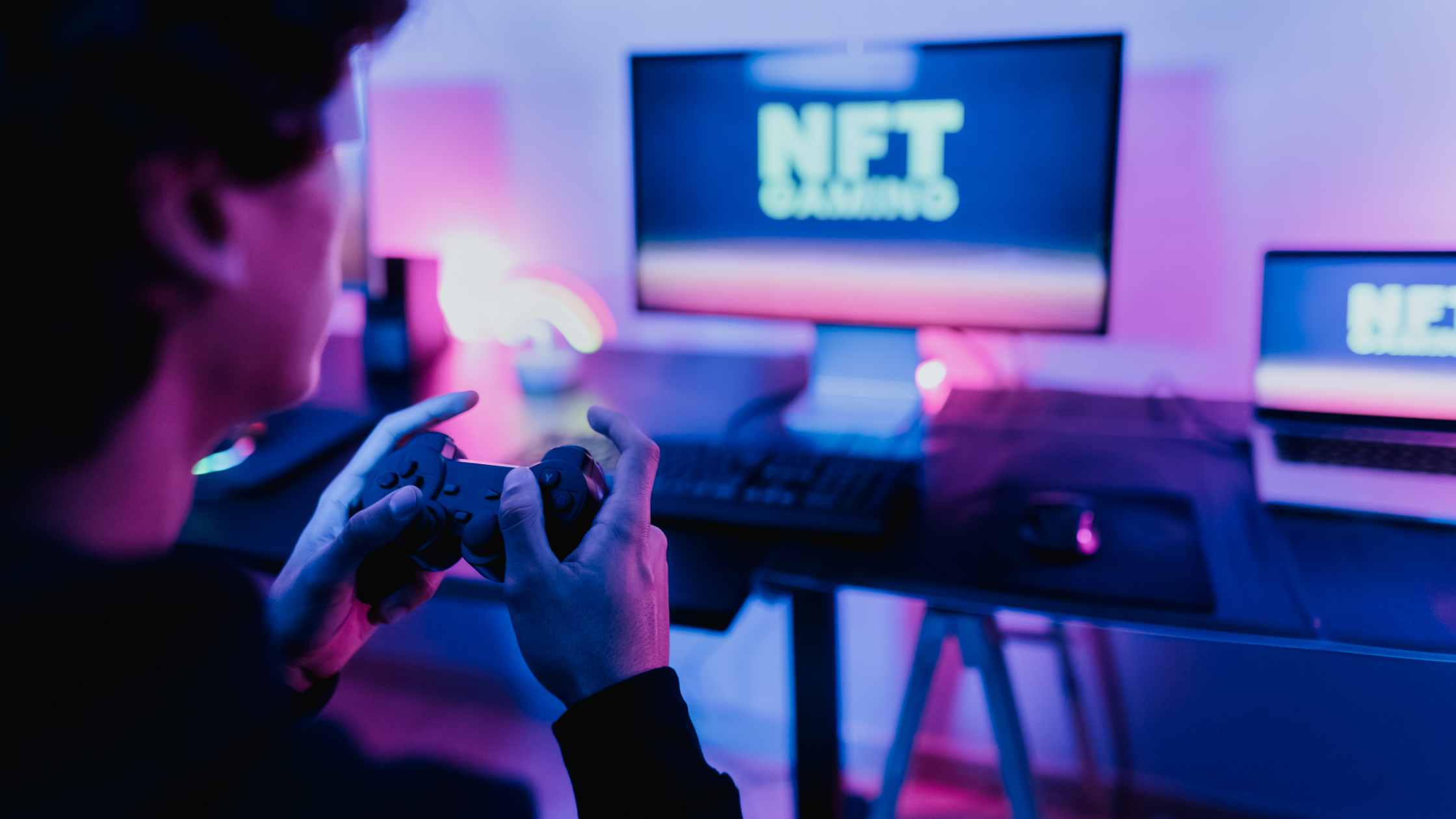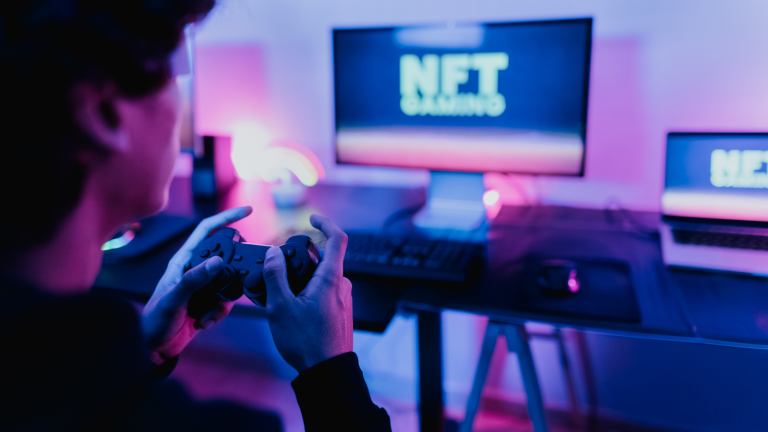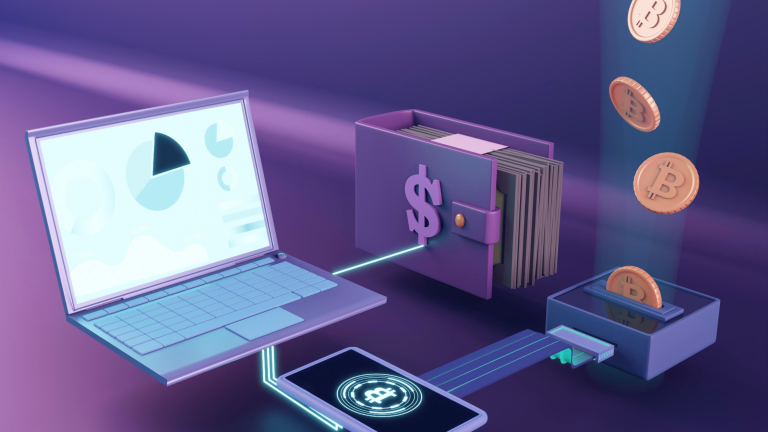The era of static NFTs is fading. Cross-modal NFTs, powered by AI, redefine ownership not as a single file, but as a dynamic system of generation, interaction, and evolution. These assets don’t just exist; they behave. They respond to real-world inputs, co-create with users, and transform over time. As digital media becomes intelligent, ownership moves upstream from owning content to owning the logic that creates it. This marks a new chapter in digital value, where participation replaces possession, and Cross-modal NFTs become engines, not endpoints.
The Rise of Multi-Sensory Digital Assets
The NFT space is stepping into a new creative chapter, one where static images and looping videos no longer define what it means to own something digitally. At the heart of this evolution lies the rise of cross-modal NFTs: digital assets that not only look and sound distinct, but also react, adapt, and co-create in real time.
Unlike traditional media, these NFTs transcend fixed formats by blending visuals, audio, behavioral logic, and generative AI. The result isn’t just another art piece, it’s a living, breathing experience; an open system that evolves with context.
Consider these scenarios:
- An audio-visual NFT that alters its soundtrack based on the time of day or your physical location.
- A generative portrait that shifts its colors and textures in response to market sentiment or changes in the owner’s wallet.
- A tokenized character that learns and grows with each user interaction evolving its appearance or dialogue through AI models.
What powers these possibilities isn’t just creative vision, but generative intelligence. Today’s NFTs can embed models like text-to-image diffusion, AI music composition, or multimodal transformers turning the asset into a media engine, not just a file. Creators no longer embed just content, but also logic, conditions, and creative potential. The NFT behaves differently depending on who owns it, when it’s accessed, or how it’s used.
This rise of logic-driven, behavior-aware NFTs is deeply connected to how AI agents are now being embedded in smart contract systems enabling digital assets to interpret, adapt, and make decisions. Explore more on how AI agents are redefining smart contract behavior here
Redefining NFT Ownership in an AI-Driven Media Landscape
The emergence of cross-modal NFTs is doing more than reshaping the user experience, it’s fundamentally rewriting the rules of digital ownership. When an NFT is no longer a fixed file but a living, generative system that changes with time, context, and interaction, what exactly does one own?
In this new paradigm, owning an NFT is no longer about possessing a static asset. It’s about controlling a logic-driven, ever-evolving experience, one that is co-authored by creators, collectors, and algorithms.
1. From Static Files to Programmable Logic
In early NFT models, ownership was simple: a token pointed to a static file, a .jpg, .mp4, or audio clip and what you owned was what you saw. It was a direct transaction between file and proof of authenticity. But cross-modal NFTs, powered by generative AI, are fundamentally different. They represent not just an artwork, but a system capable of producing evolving, personalized, and behavior-driven content.

Cross-modal NFT creation using AI, metadata generation, and smart contract minting pipeline” (Source: Research diagram)
What the collector owns now is not a file, but a generative framework, an interplay of prompt, model, logic, and context. The prompt seeds the creative direction; the model interprets and transforms it; the logic defines when and how content changes; and external conditions such as wallet activity, time, or location determine which version the user experiences. In this model, the NFT functions more like a programmable engine than a container. It’s less like owning a painting and more like holding a personalized art machine.
This reframes the idea of digital ownership entirely. Instead of possessing a fixed outcome, the collector holds the rights to generate and influence outputs over time. The NFT becomes a mechanism of interaction and the value lies not in the static media, but in the capacity to produce and evolve. In other words, the collector owns not just the result, but the potential.
• This means the ownership object now includes:
– the prompt (the creative seed)
– the model and version (the interpretation engine)
– the logic rules (when/how outputs change)
– and the output behavior (what gets shown, heard, or felt at any moment)
This layered structure also changes the collector’s role. No longer a passive holder of a JPEG, the collector becomes a co-author through interaction. Their location, behavior, and even presence can shape the NFT’s current state. That leads to new value paths; some versions may become rarer, some more socially resonant, others personalized beyond duplication. The creative authorship is now shared: creator defines the system; collector activates it.
Consider a generative music NFT that alters its melody and texture based on weekly weather data from the owner’s city. After six months, the NFT has produced over 20 unique variations each influenced by time, geography, and AI logic. Who owns those variations? The original track? The remix engine? If one output goes viral, who earns the royalties? These are no longer edge cases; they are structural questions. The ownership stack now spans intent (prompt), system (model), rule (contract), and behavior (contextual output).
This evolution challenges both platforms and users to rethink the asset model. Traditional NFTs captured a single point in time. Cross-modal NFTs capture an entire possibility space. In this context, ownership becomes less about possession and more about permission: the right to invoke, to experience, and in many ways, to co-create. And that transforms the NFT from a digital object into a generative architecture, one where logic, not just aesthetics, defines the value.
2. Dynamic Media, Dynamic Rights
When NFTs evolve beyond fixed media into dynamic, generative content, they introduce a new layer of legal and economic uncertainty. Cross-modal NFTs powered by AI don’t just store outputs, they regenerate, remix, and adapt based on time, user interaction, or environmental triggers. In this landscape, ownership becomes unstable, and so do the rights associated with the content.
The foundational assumption of most intellectual property frameworks is that creative works are fixed at the time of authorship. But what happens when that output is re-generated every time it is accessed? When the image or audio linked to the NFT is different today than it was yesterday, or than what the next collector will see tomorrow, the entire model of media ownership starts to unravel.

Diagram showing how NFT metadata can include both static and dynamic data with IPFS and task validation layers. (Source: IPFS architecture for smart digital assets)
This raises three critical challenges:
- Continuity of ownership: If the content continuously evolves, does the original buyer still “own” the work? Which version is the valid one, the first rendering, the most recent, or all possible versions?
- Transferability and licensing: Can a collector license or resell the NFT if the media attached to it is unstable or unpredictable? What if the NFT outputs content that differs by user or by time zone?
- Verification and auditability: Without immutable records of generated outputs, how can creators or platforms verify what content a collector is viewing or distributing at any given moment?
These questions blur the boundary between owning a thing and accessing a service. If the NFT regenerates new visual states each time it is accessed, and those states are never stored or registered, the collector is no longer holding a digital object, they are holding a dynamic rendering license tied to an unpredictable system.
To accommodate this shift, new infrastructure is needed. On-chain NFTs must be paired with:
- Versioned model hashes and prompt metadata,
- Output logs or zero-knowledge proofs for content state history,
- Smart contracts that can define royalties not just by resale, but by content generation or playback events.
In other words, the NFT must carry stateful awareness, an understanding of what it has become, not just where it came from. Without that, disputes over authorship, licensing, and monetization become inevitable.
This doesn’t just affect the collector, it affects the creator, too. Generative logic opens the door to highly personalized, context-reactive art but it also removes their ability to control exactly what’s being published in their name. This tension forces a redefinition of creative intent, and with it, a rethinking of creative accountability.
Ultimately, dynamic NFTs compel us to ask: Are we buying content, or are we renting access to a logic engine? And if it’s the latter what rights, responsibilities, and risks come bundled with that access?
3. Identity-Linked Ownership
Perhaps the most radical shift introduced by cross-modal NFTs is how ownership becomes inseparable from the identity of the owner. In traditional NFTs, the content remains the same regardless of who owns it, it’s a static object with universal meaning. But once NFTs become context-aware and behavior-driven, they start responding to who is holding them. And that changes everything.
Generative and AI-powered NFTs can incorporate signals from wallet metadata, on-chain behavior, geolocation, community affiliation, or even biometric data. These signals become variables in the generative process meaning the output is no longer universal, but uniquely shaped by the owner’s identity.

Diagram showing ID-linked NFT issuance, smart contract logic, wallet metadata, and identity proofs for adaptive ownership behavior (source)
For instance, a collector who frequently interacts with DeFi protocols may unlock a darker, more complex version of a visual NFT, while another with a record of attending art DAO events may see a brighter, more expressive rendering. The NFT becomes a reflection of the owner’s digital footprint more like a dynamic identity artifact than a media file.
This creates new forms of ownership logic:
- Experience-bound value: The more time an NFT spends in a certain wallet, the more personalized and potentially more meaningful, it becomes. Transferring it may reset or erase that history, making it less valuable to the next owner.
- Non-transferability of meaning: The NFT’s state may lose relevance, or even functionality, outside its original context. Ownership becomes entangled with personhood; the asset is “owned” not just by address, but by relationship.
- Soulbound behavior without being truly non-transferable: Even when the token can be transferred technically, its value may not follow, especially if it requires the original owner’s data to render properly.
This identity-centric logic introduces both new emotional dimensions and operational constraints. For creators, it means designing NFTs that offer personalized meaning while maintaining some level of interoperability or resale utility. For collectors, it means thinking of ownership not as an asset to flip, but as a relationship to nurture.
But there’s also a risk. If NFTs become too personalized, they may become isolated, incompatible with broader ecosystems, difficult to verify, and hard to price. The challenge will be to balance personalization with portability designing systems where dynamic identity expression enhances ownership, rather than locking it down.
Ultimately, cross-modal NFTs push us toward a future where owning an asset is not just about what you hold, but who you are while holding it. In this landscape, identity is no longer separate from value, it’s part of the asset’s logic, aesthetics, and life cycle.
Infrastructure for the Next Phase of Digital Ownership
As NFTs evolve from static collectibles into intelligent, behavior-driven systems, the infrastructure supporting them must evolve too. It’s no longer enough to deploy a smart contract and store a media file. Today’s NFTs demand platforms that can handle programmable content, AI generation pipelines, and compliance with complex rights frameworks, all at once.
At Twendee, we help Web3 builders, NFT projects, and creative ecosystems navigate this shift by providing the foundational infrastructure for the next phase of digital ownership.
We work closely with NFT platforms to design systems where logic, not just media, lives on-chain. That includes modular smart contract architectures capable of managing:
- Prompt + model pairing
- Regeneration rules and contextual triggers
- Access control over personalized or identity-bound experiences
- On-chain + off-chain content coordination
We also support teams integrating AI into their NFT workflows, from image and audio generation to adaptive metadata and content behavior. Our infrastructure is built to interface seamlessly with generative models, allowing creators to define boundaries while still enabling collectors to engage, co-create, and personalize. Crucially, we understand that as NFTs become dynamic and AI-powered, intellectual property compliance doesn’t get simpler it gets harder. That’s why we help projects embed traceability and versioning into their content systems ensuring that creators retain authorship rights, collectors receive transparent access logs, and downstream use (resale, remix, licensing) can be governed fairly.
Whether you’re building a generative art marketplace, an AI-powered music minting engine, or an identity-linked NFT social layer, we provide the infrastructure to make it secure, scalable, and rights-compliant from day one.
Conclusion
Cross-modal NFTs mark a turning point in digital asset ownership. What was once a simple claim over a static file is now evolving into a complex, interactive system where value lies in the logic, not just the media. Ownership now spans prompts, AI models, behavioral rules, identity contexts, and dynamic outputs. This shift challenges not only how we build NFTs, but how we govern them, license them, and experience them.
To thrive in this new landscape, creators and platforms need more than smart contracts. They need infrastructure that can handle generative systems, ensure compliance across evolving content, and preserve value even when the asset itself transformsTwendee Labs help NFT projects go beyond the JPEG with on-chain logic, AI integration, and rights-aware systems that make dynamic ownership not only possible, but scalable, secure, and interoperable. Whether you’re launching a cross-modal marketplace, embedding generative art into your collectibles, or building a logic-rich identity layer we’re the backend your innovation needs. Explore how we support the next wave of digital assets via Telegram, X, and LinkedIn.





